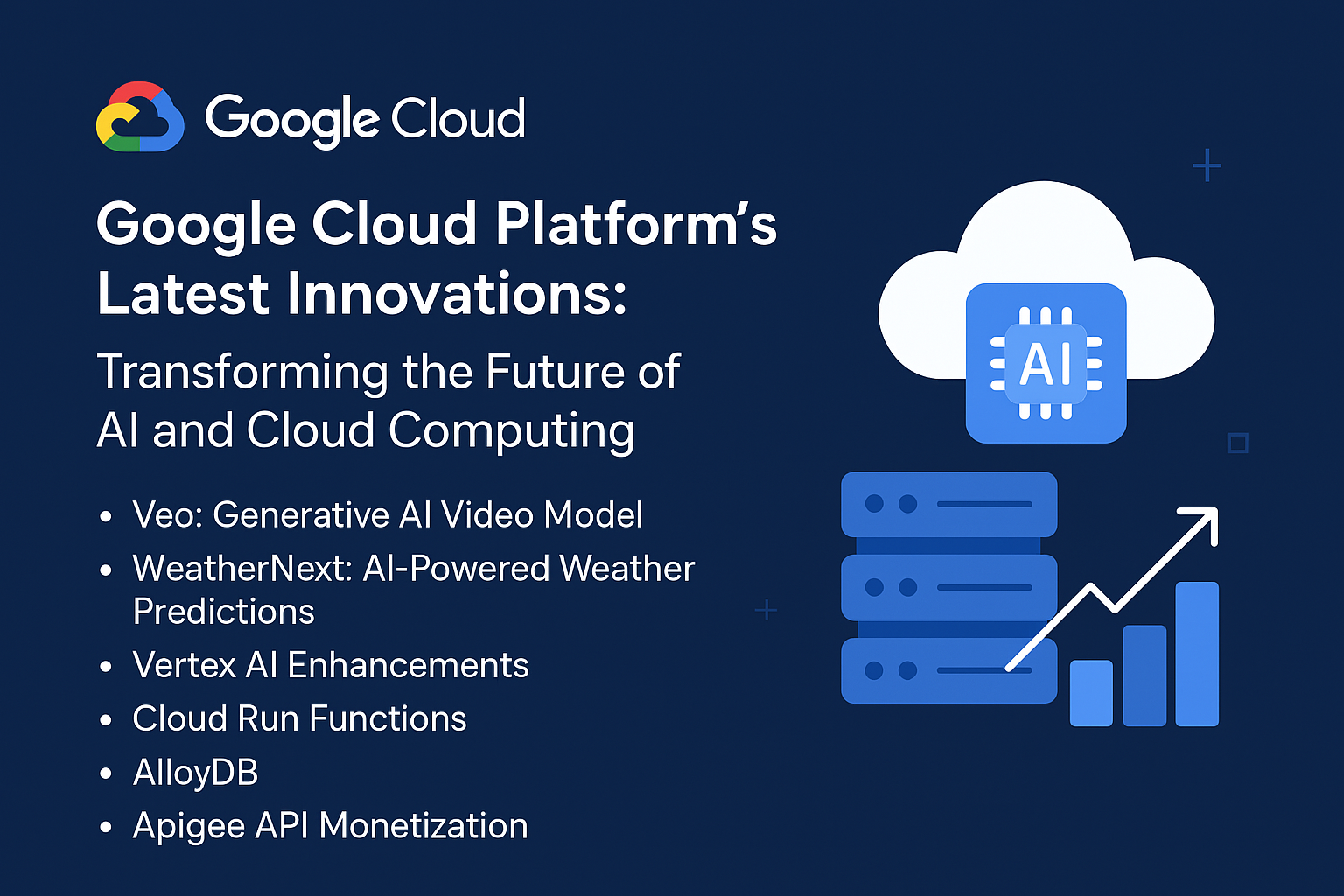
Securing AI Models in the Cloud: Challenges and Solutions
citadelcloud
The adoption of artificial intelligence (AI) continues to accelerate across various sectors, with many organizations migrating their AI models to the cloud to leverage enhanced computational power and flexibility. However, this shift brings a unique set of security challenges that organizations must address to protect their AI assets. In this blog post, we will explore the key challenges of securing AI models in the cloud and present effective solutions to mitigate risks.
Understanding the Security Challenges
1. Data Privacy and Protection
One of the foremost concerns in cloud-based AI model deployment is data privacy. AI models require vast amounts of data for training, which often includes sensitive information. When this data is stored in the cloud, organizations risk exposure to unauthorized access, data breaches, and potential regulatory non-compliance.
2. Model Theft and Intellectual Property Risks
AI models represent significant intellectual property for organizations, and their theft can lead to competitive disadvantages. In the cloud environment, the risk of model theft increases as malicious actors can exploit vulnerabilities to access, copy, or reverse-engineer proprietary algorithms.
3. Adversarial Attacks
AI models can be susceptible to adversarial attacks, where attackers manipulate input data to produce incorrect outputs. In a cloud environment, where AI models are often exposed through APIs, adversarial attacks can be executed remotely, posing a significant threat to the integrity and reliability of AI systems.
4. Compliance and Regulatory Challenges
With the rise of AI technologies, governments and regulatory bodies have implemented stricter data protection laws. Organizations using cloud-based AI models must navigate a complex landscape of regulations, including GDPR, HIPAA, and others, to ensure compliance and avoid substantial fines.
5. Cloud Provider Security
The security of AI models in the cloud also depends on the security practices of the cloud service provider (CSP). Organizations must ensure that their CSP follows robust security protocols, including encryption, access control, and regular security audits.
Solutions for Securing AI Models in the Cloud
1. Data Encryption
To protect sensitive data, organizations should implement strong encryption protocols for both data at rest and in transit. This ensures that even if data is intercepted or accessed by unauthorized users, it remains unreadable. Using encryption standards like AES-256 can significantly enhance data security.
2. Access Control and Authentication
Implementing stringent access control measures is crucial for protecting AI models. Organizations should adopt the principle of least privilege, ensuring that users only have access to the resources necessary for their role. Multi-factor authentication (MFA) can further strengthen access controls by adding an extra layer of verification.
3. Model Watermarking
To mitigate the risk of model theft, organizations can employ model watermarking techniques. By embedding unique identifiers within the model, organizations can prove ownership and track unauthorized use. This serves as a deterrent against theft and provides a means of recourse if theft occurs.
4. Adversarial Training
To combat adversarial attacks, organizations can incorporate adversarial training into their model development process. This involves training models with both clean and adversarial examples to improve their robustness against such attacks. Regular testing and validation can further enhance model resilience.
5. Regular Security Audits
Conducting regular security audits of both the AI models and the cloud infrastructure is essential for identifying vulnerabilities and ensuring compliance with security standards. Organizations should perform penetration testing and vulnerability assessments to uncover potential weaknesses in their security posture.
6. Compliance Frameworks and Best Practices
Organizations should adopt compliance frameworks that align with relevant regulations and industry standards. This includes implementing data governance policies, conducting risk assessments, and ensuring proper documentation of data handling practices.
7. Cloud Provider Security Evaluation
When selecting a cloud service provider, organizations must conduct thorough security evaluations. They should assess the CSP’s security certifications, incident response capabilities, and commitment to data protection. Collaborating with a trusted provider that adheres to robust security protocols can significantly reduce risks.
Emerging Trends in AI Model Security
As AI technology evolves, so too do the security challenges associated with it. Emerging trends in AI model security include:
1. Explainable AI (XAI)
Explainable AI techniques help enhance transparency in AI decision-making processes. By understanding how models arrive at specific outputs, organizations can identify potential vulnerabilities and biases, improving overall model security.
2. Federated Learning
Federated learning allows AI models to be trained across decentralized data sources without the need to transfer sensitive data to the cloud. This approach enhances data privacy and security while still enabling organizations to leverage cloud-based AI capabilities.
3. Zero Trust Security Models
The adoption of zero trust security models can enhance the protection of cloud-based AI models. This approach requires strict verification for every user and device attempting to access resources, reducing the risk of unauthorized access.
FAQs
Q1: What are the key security challenges of deploying AI models in the cloud?
The main security challenges include data privacy and protection, model theft, adversarial attacks, compliance with regulations, and the security practices of the cloud service provider.
Q2: How can organizations protect sensitive data in the cloud?
Organizations can protect sensitive data by implementing strong encryption protocols, access controls, and regularly auditing their security practices.
Q3: What is adversarial training?
Adversarial training involves training AI models with both clean and adversarial examples to improve their robustness against adversarial attacks.
Q4: Why is model watermarking important?
Model watermarking helps protect intellectual property by embedding unique identifiers within the model, allowing organizations to prove ownership and track unauthorized use.
Q5: What role do cloud service providers play in AI model security?
Cloud service providers are responsible for implementing security protocols, such as encryption and access control, to protect the AI models hosted on their platforms. Organizations must evaluate their CSP’s security practices before deployment.
Q6: How can organizations ensure compliance with data protection regulations?
Organizations can ensure compliance by adopting relevant frameworks, implementing data governance policies, and conducting regular risk assessments.
Conclusion
Securing AI models in the cloud is a complex challenge that organizations must navigate to protect their valuable assets and sensitive data. By understanding the risks and implementing robust security measures, organizations can leverage the power of AI while minimizing vulnerabilities. As technology continues to evolve, staying informed about emerging trends and best practices will be crucial for maintaining the security of AI models in the cloud.
Table of Contents
Latest Articles

ADDRESS
Houston, Texas USA
US LINE
+1 (346) 652-4970
NIGERIA LINE
081 2852 0152
MAIL ADDRESS
info@citadelcloudmanagement.com
QUICK LINKS
- © 2025. All Rights Reserved By Citadel Cloud Management
